The Crater of Diamonds in Murfreesboro, Arkansas, the United States, is the world’s only diamond mine open to the public, where by paying a small entrance fee, anyone can look for diamonds and keep what they find. Originally a crater, this 37-acre land has been plowed into fine dirt by hundreds of thousands of amateur prospectors who dig through the dirt every year looking for precious stones. Some visitors use a special sieve known as a “seruca” to wash and separate the heavier diamonds from the lighter debris. Others just get down on their hands and knees, and claw at the dirt looking for the faint reflection of jewels in the furrows.
For more than one hundred years since its discovery, the Crater of Diamonds have yielded thousands of diamonds and other semi-precious gems including the 40-carat "Uncle Sam", the largest diamond ever discovered in the United States. According to Park officials, visitors find more than 600 diamonds each year of all colors and grades, and over 31,000 diamonds have been found in the crater since it became a state park in 1972.

Prospectors at Crater Of Diamonds State Park in Murfreesboro digging for diamonds. Photo credit
The diamonds that occur in Crater of Diamonds formed three billion years ago in the earth’s mantle some 60 to 100 miles below the earth’s surface where the tremendous pressures and temperatures crystalized them from carbon. About 100 million years ago, a rising column of magma brought this material near to the surface where it exploded in a large volcano creating an 80-acre crater and blanketing the surrounding landscape with ejecta. Within the ejecta were many fragments of mantle rock that were carried up to the surface with the rising magma. These fragments are known as "xenoliths" and they contained the diamonds.
Atmospheric weathering over the years eroded away the ejecta and leaving the stable and very resistant diamonds in the soil. Diamonds are often found loose in the soil along with other semi-precious gems such as amethyst, agate, and jasper.
Diamonds were first discovered at this location in 1906 when John Huddlestone found two strange crystals in the soil of his farm. Huddlestone suspected that his crystals might be diamonds and took them to a local jeweler for assessment who confirmed them to be genuine diamonds. Soon after the discovery, a "diamond rush" began and thousands of people descended upon the Murfreesboro area. Huddleston wasn't interested in diamond mining himself, so he sold the land to a group of investors for $36,000.
After several attempts at commercial mining failed, the property was opened as a public pay-to-prospect mine in the early 1950s and the name was changed to the "Crater of Diamonds". The State of Arkansas purchased the property in 1972 and began operating it as "Crater of Diamonds State Park."
Most of the diamonds found here are very small, about the size of a kitchen match head — too small to be cut and mounted as a stone, but occasionally visitors turn up with diamonds of over three or five carat which can be worth thousands of dollars.
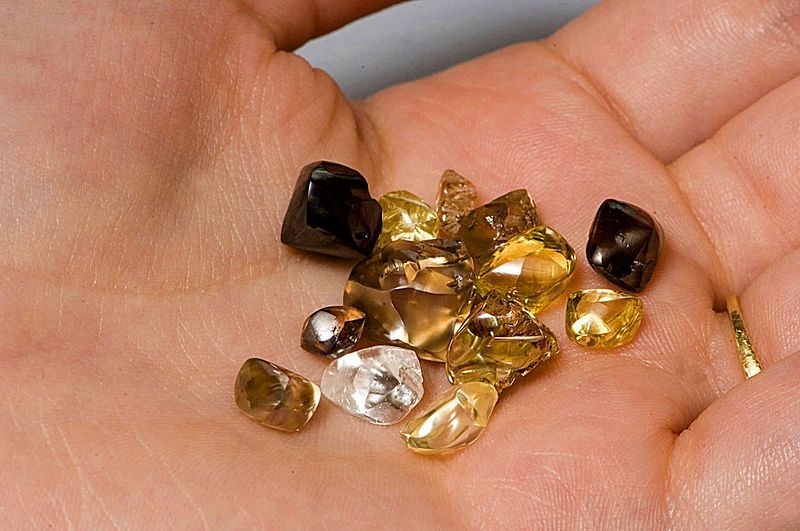
Just some of what can be found and kept at Crater of Diamonds State Park. Photo credit

The 8.52-carat Esparanza Diamond alongside an Arkansas commemorative quarter. Photo credit
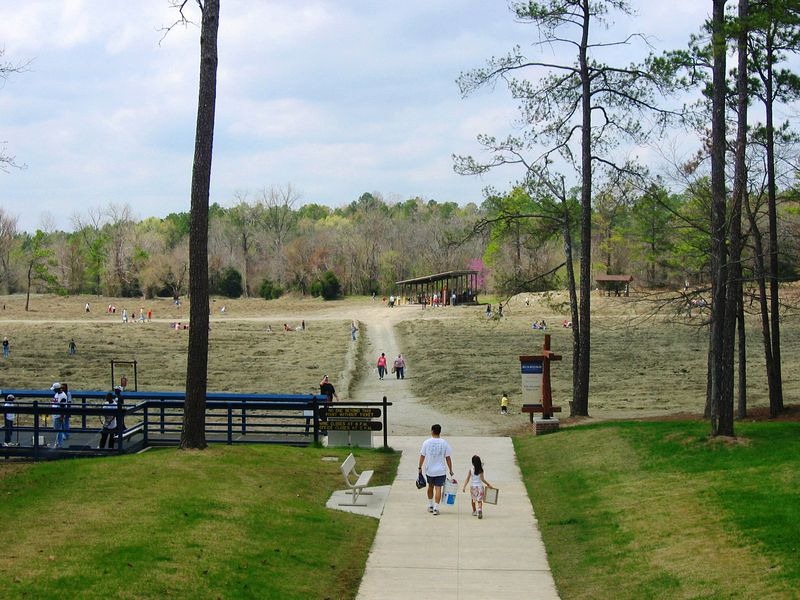
Photo credit

Photo credit
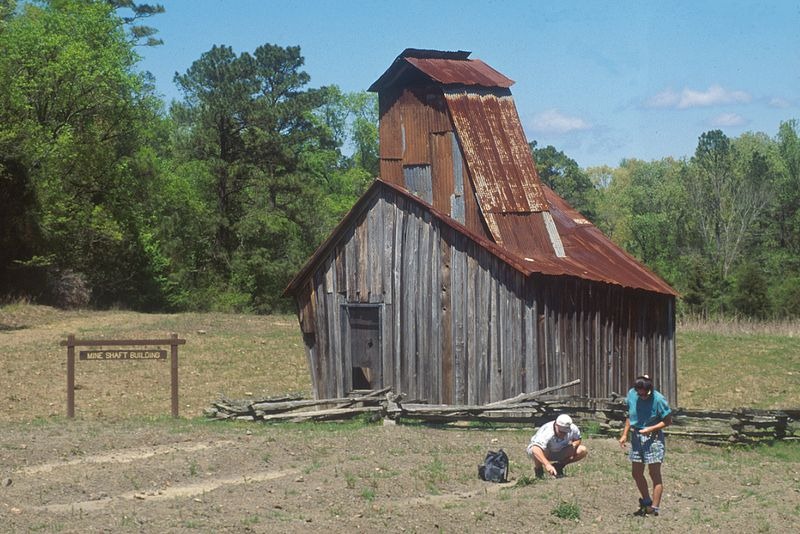
Photo credit

Screening shed. Photo credit

Photo credit

Photo credit
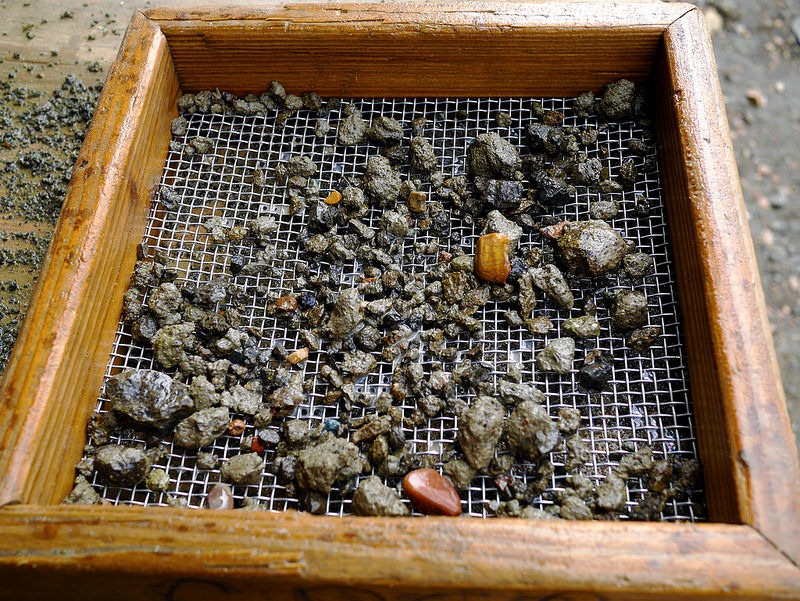
Photo credit
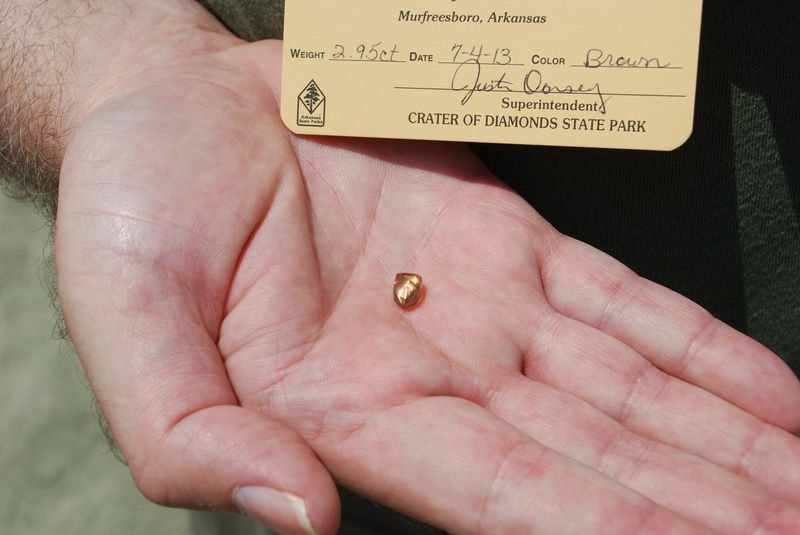
A 2.95-carat champagne brown diamond found at the Crater of Diamonds. Photo credit

Photo credit

Photo credit

Photo credit
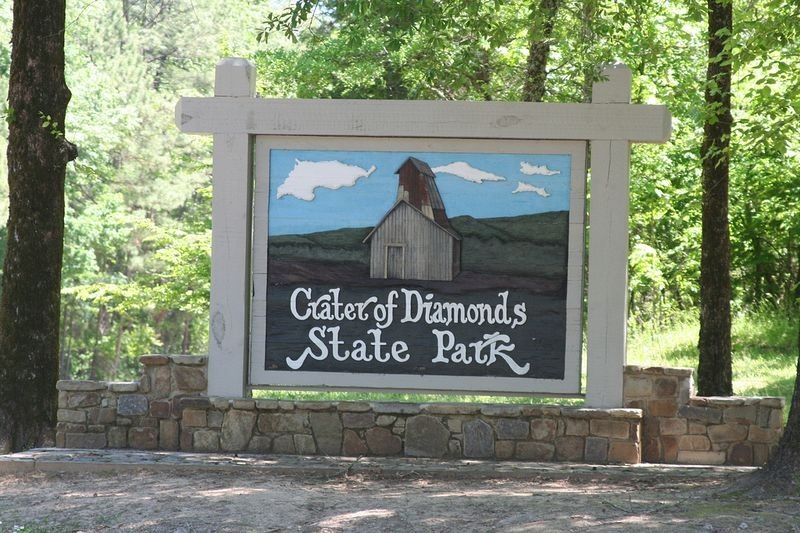
Photo credit
Sources: www.craterofdiamondsstatepark.com / Wikipedia / Geology.com / Smithsonian Mag
Keep What You Find at The Crater of Diamonds
4/
5
Oleh
photofun4ucom







